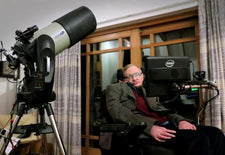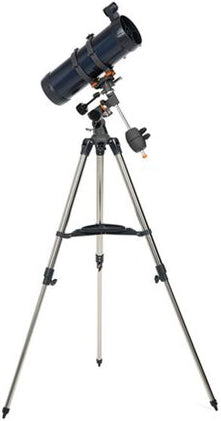Space Travel as a Tourist Industry
May 6, 2015
|
The vacation is a relatively new invention; no masons of antiquity were taking a two-week holiday. Not a single Puritan of early American walked away from their land to go site-seeing. In fact, the vacation as we know it developed over the past two hundred years. Before then, "trips" were called "moving" and you likely died on the way to your new home. Vacations were reserved for those who didn't need to take one in the first place - the royals and the extremely wealthy. Well, it's the 21st century now, and you and your family are encouraged to go on retreat. Beaches, amusement parks, foreign countries, and the wonders of the world are all options ... except outer space. Don't think it's possible? It is. It's been available since 2001, but history has a way of repeating itself and once again this particular type of vacation is only available to those who can afford it. But for how long? |
Bring Your Checkbook
On April 30, 2001, Dennis Tito, an American businessman, hitched a ride aboard a Russian Soyuz rocket for a trip to the International Space Station. The price tag? A cool $20 million dollars for a one-week stay. That's right; all the Tang you can drink! After him, came Mark Shuttleworth, a South African businessman in 2002 (if you ask us, with a name like Shuttleworth he really should've been first in line). Next came Greg Olsen, another businessman, Anousheh Ansari, an entrepreneur, Charles Simonyi, a software architect, and on and on and on - the point is that people were lining up to drop $20 million a pop to go into space for no more than a week. NASA and other aerospace organizations around the world took notice and shared their projections: space tourism was a potential $10 billion dollars a year industry.
Commercializing Space Travel
With numbers like that, interest from major corporations was piqued. With enough time and technology, and they could construct a new kind of space vessel that's more efficient, reusable, and affordable. Devote even more time and technology, and they could build a whole new space station specifically for tourism - maybe even an entire floating city.
Fast forward to 2012 - Sir Richard Branson's Virgin Galactic announces plans for sub-orbital private space flights. The price tag? $200,000. That may sound like a far cry from the $20 million dollar trip of Dennis Tito, consider that this is just for a two-and-a-half-hour flight - not a week's stay (it does include weightlessness and a view of Earth). And then consider that 500 people have already signed up to take this flight! It adds up. Such news has spurred the FAA to declare space tourism a billion-dollar a year industry within the decade!
The Future of Space Tourism and You
The span of time between Kitty Hawk lifting off the ground and the first manned spaceflight was only 58 years. In half a century, mankind went from believing flight was impossible to dreaming about colonizing other celestial bodies. In the past decade, space travel has gone from hitchhiking on a Russian rocket for $20 million to zooming around in sub-orbital flights for 1% of the cost. Will space tourism be a feasible possibility for you? Absolutely. The idea may seem as far-fetched as humans walking on the moon did to those living in 1903, but one day regular down-to-earth folk will become up-in-space folk. Bigelow Aerospace plans to build habitable space stations, Space Island Group is building a replica of the "2001: A Space Odyssey" spacecraft, Hilton Hotels is interested in creating a space hotel, Armadillo Aerospace is working on a 2-seater landing rocket, and fashion designer Eri Matsui has already designed "space clothing" such as wedding gowns that will look great in a weightless environment.
Space travel might not be your next vacation, but it's coming. Ten years or twenty years from now it will be here. Pack your bags!




